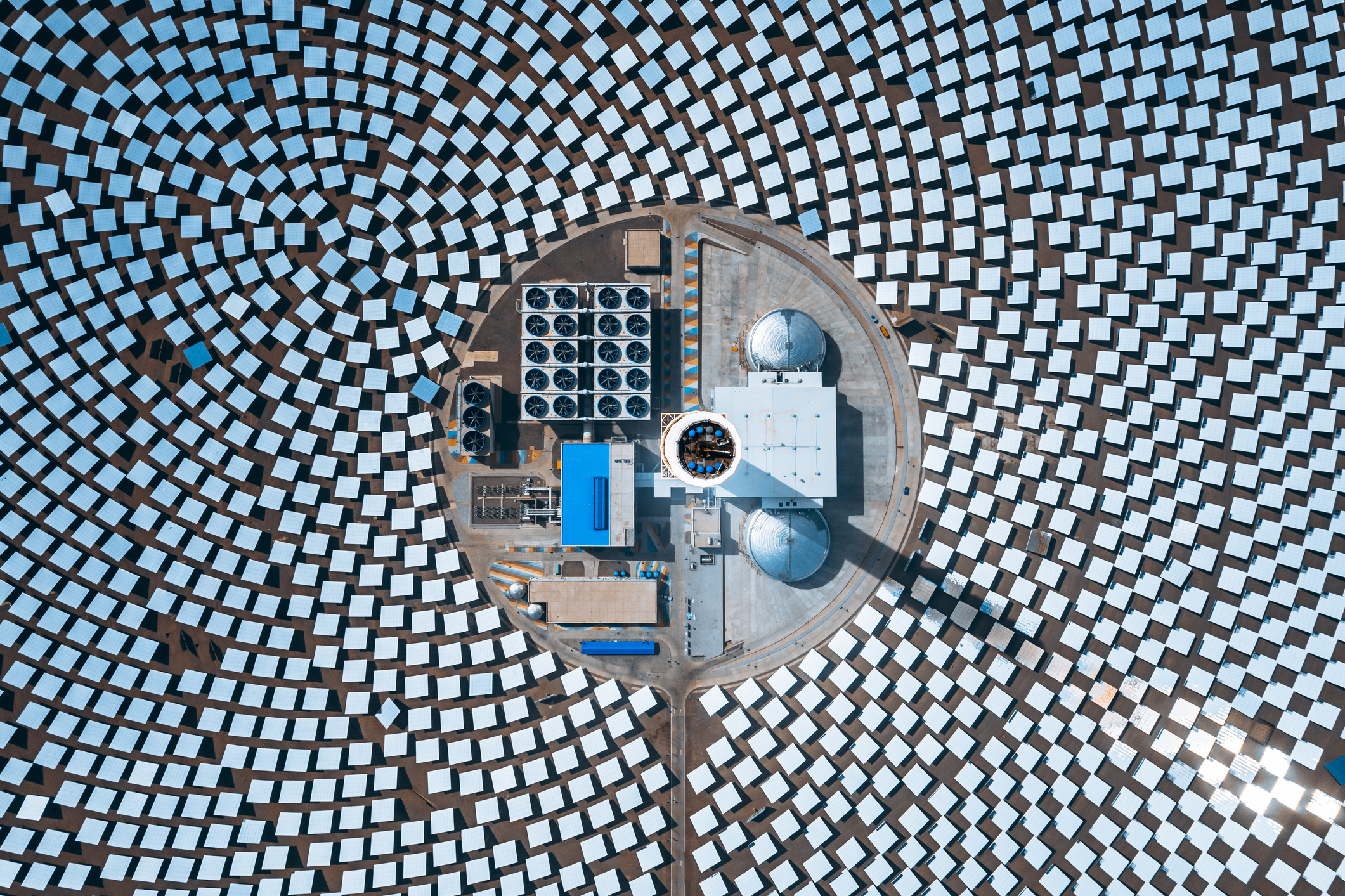Blogpost | Innovative Renewables in EU Member States’ National Energy and Climate Plans
Written by Liv Hvass Kure (liv.hvass.kure@fcarchitects.org) and Marlène Siméon (marlene.simeon@fcarchitects.org)
The National Energy and Climate Plans (NECPs) are central to how EU member states aim to meet renewable energy targets under the Renewable Energy Directive (RED III), including the crucial 5% target[1] for new installed capacity from innovative renewable technologies. Our analysis of four NECPs reveals significant limitations and gaps in addressing innovative renewables and highlights broader challenges in integrating the 5% target in the short to long term.
Only two of the four countries explicitly reference the RED III 5% target and provide some details on technologies and plans for reaching this target. According to the European Commission, only 10 member states, including Denmark, Germany, and the Netherlands, have demonstrated clear ambitions to pursue the 5% target for innovative renewable energy. However, the accompanying staff working document elaborates that none of these three countries has established an indicative target outlining how they intend to achieve this objective. The Commission must still offer comprehensive guidance to help Member States achieve the target in an integrated, strategic way.
The key gaps we identified in our analysis include:
- Limited mention of the 5% innovative renewable target: Most NECPs lack robust roadmaps, clear deployment strategies, or frameworks to implement and track progress toward the 5% target.
- A lack of definition, clarification, or discrepancies on what constitutes innovative renewables: A harmonized, clear definition of “innovative renewable technologies” is missing across NECPs and EU legislation, hindering alignment and funding clarity.
- Absence of long-term plans and integration roadmaps for innovative renewables: NECPs focus primarily on 2030 targets without clear timelines, sector strategies, or plans for scaling and integrating innovative technologies beyond this horizon.
- Overlooked high-potential innovative renewable technologies: Emerging technologies such as concentrated solar power, perovskite PV, organic PV, space-based solar PV, enhanced geothermal, closed loop geothermal, ultra deep geothermal, wave, tidal stream, ocean thermal energy conversion, salinity gradient, and airborne wind are largely absent, limiting diversification.
Following these findings, our recommendations are as follows:
- Establish a clear, harmonized definition of innovative technologies to clarify eligibility for the 5% target and foster better coordination.
- Member states should explicitly detail how they will meet the 5% target in their NECPs, including projected new installed capacity, specific cleantech, deployment volumes, timelines, investment amounts, supporting instruments, and oversight entities. A standardized template incorporating these elements could support this.
- Member states should develop integrated long-term roadmaps with clear intermediate goals, earmarked funding, and coordinated demonstration and integration plans extending beyond 2030 to provide certainty for continued emissions reductions and investment in innovative renewables. This would embed the 5% target firmly into the long-term national policies, to lay a foundation for future innovative cleantech development to support the EU’s climate objectives for 2030, 2040, 2050, and beyond.
[1] “Member States shall set an indicative target for innovative renewable energy technology of at least 5 % of newly installed renewable energy capacity by 2030.” Article 3(3b) of Directive (EU) 2023/2413 (“RED III”)

